Insects may be small, but some have defense mechanisms that are anything but ordinary. Each one’s strategy is a remarkable example of nature’s creativity and survival instinct. In this list, you’ll discover some of the most fascinating insects that go above and beyond to stay safe. Their unusual defenses make them true standouts in the insect world.
Bombardier Beetle
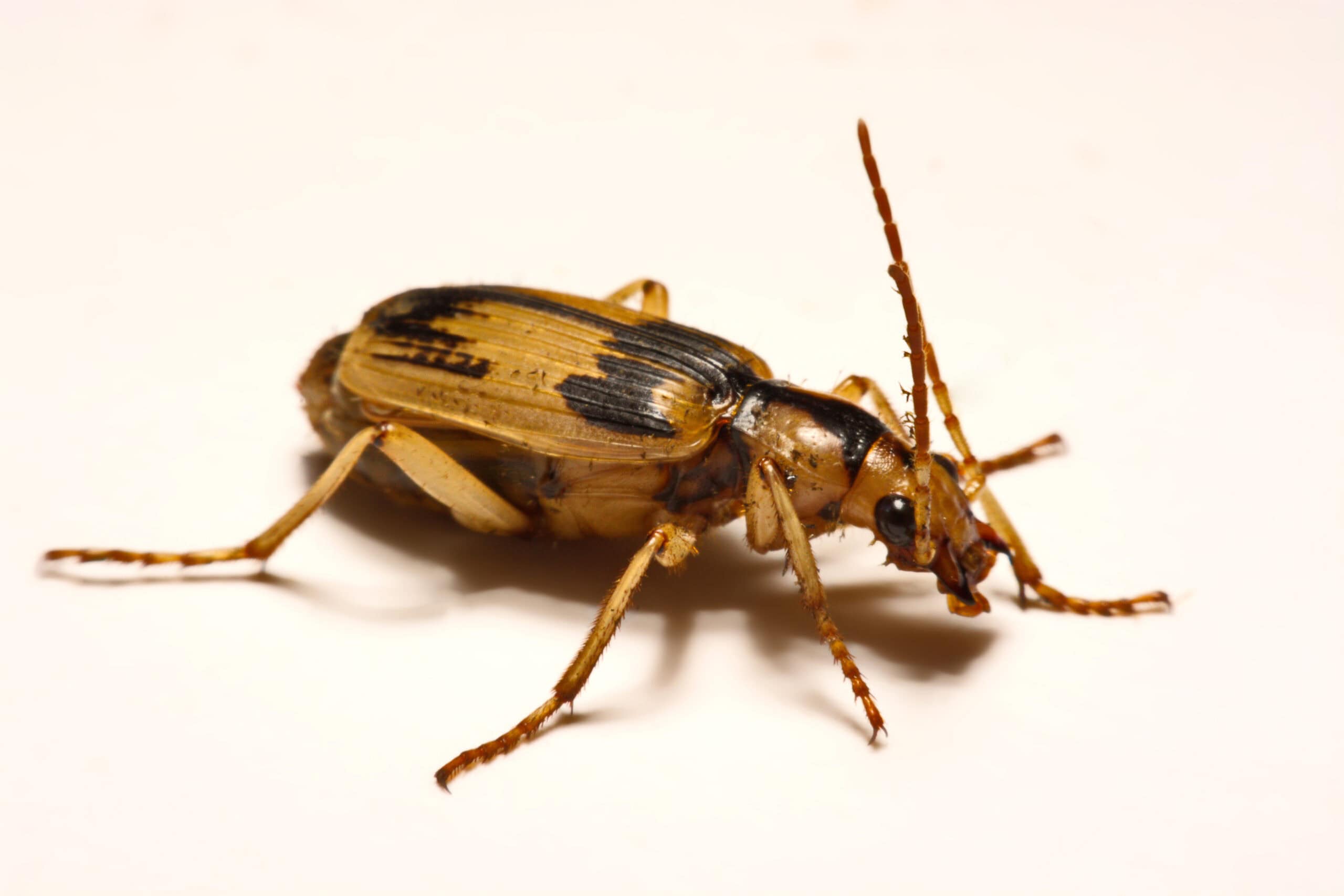
The Bombardier Beetle’s defense mechanism is one of the most remarkable in the insect world. When threatened, this beetle ejects a hot chemical spray from its abdomen, producing a small, controlled explosion that can severely irritate or burn predators. The beetle stores two separate chemicals, hydrogen peroxide and hydroquinone, in its abdomen. When it senses danger, it releases these chemicals into a reaction chamber where they combine with enzymes, triggering a rapid exothermic reaction. This chemical cocktail reaches temperatures close to boiling point and is expelled in a series of rapid, pulsating jets, capable of spraying in multiple directions. The noise and heat of the explosion often shock predators, giving the beetle a chance to escape. This beetle’s defense system is not only highly effective but also showcases a level of biochemical precision rarely seen in nature.
Assassin Bug
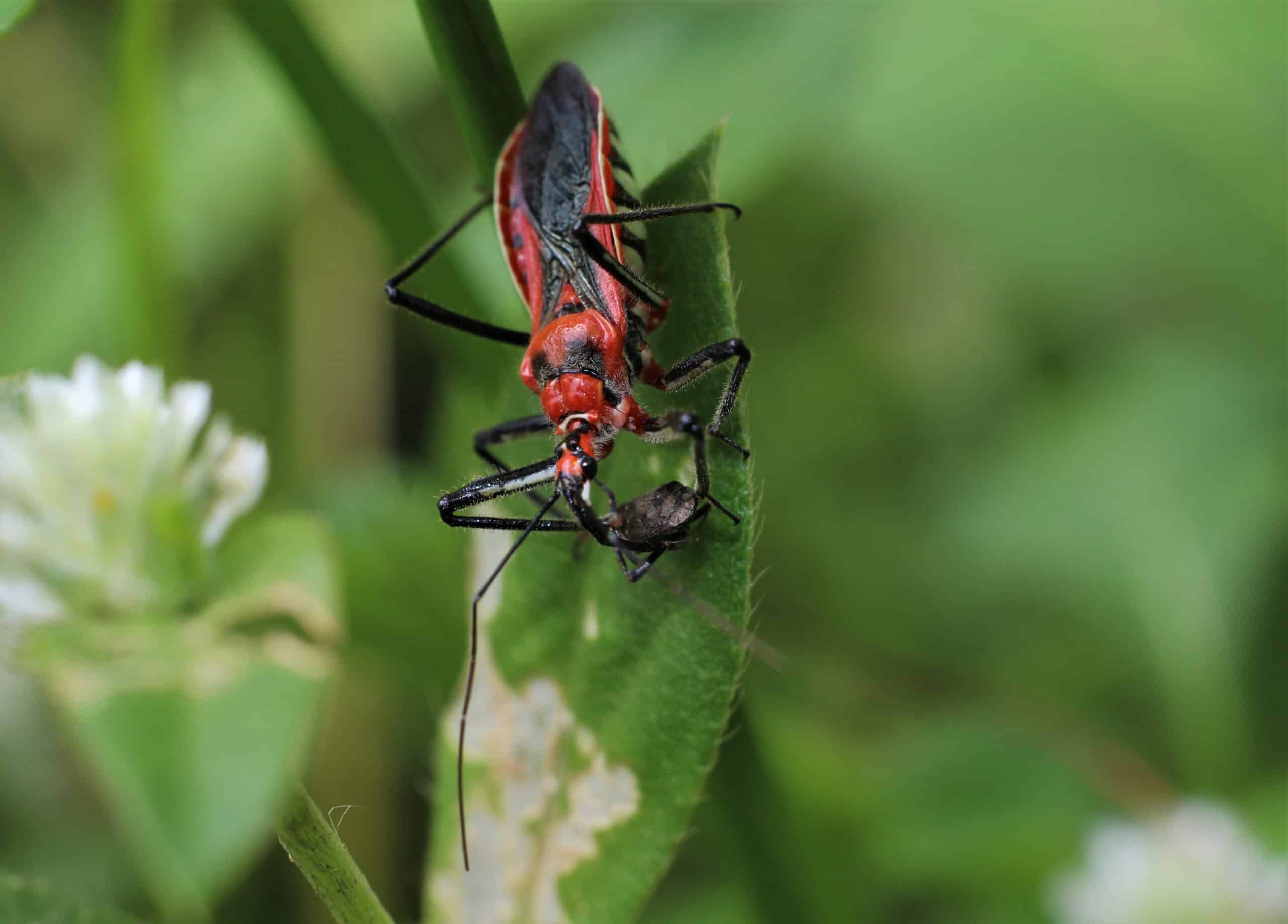
The Assassin Bug has a unique and gruesome method of defense that involves turning its prey into camouflage. After killing and feeding on its target, it attaches the empty exoskeletons of its victims onto its back, creating a shield of insect remains. This “corpse coat” serves both as a physical barrier and a visual disguise, hiding the Assassin Bug’s true form and making it appear unappetizing or difficult to recognize. This gruesome disguise confuses and deters potential predators by masking its scent and appearance. The Assassin Bug’s method is highly adaptive, allowing it to blend into different environments as it collects various insect parts. Beyond its defensive use, this technique also provides extra insulation from environmental elements, making it a fascinating example of multi-functional natural armor.
Spiny Flower Mantis
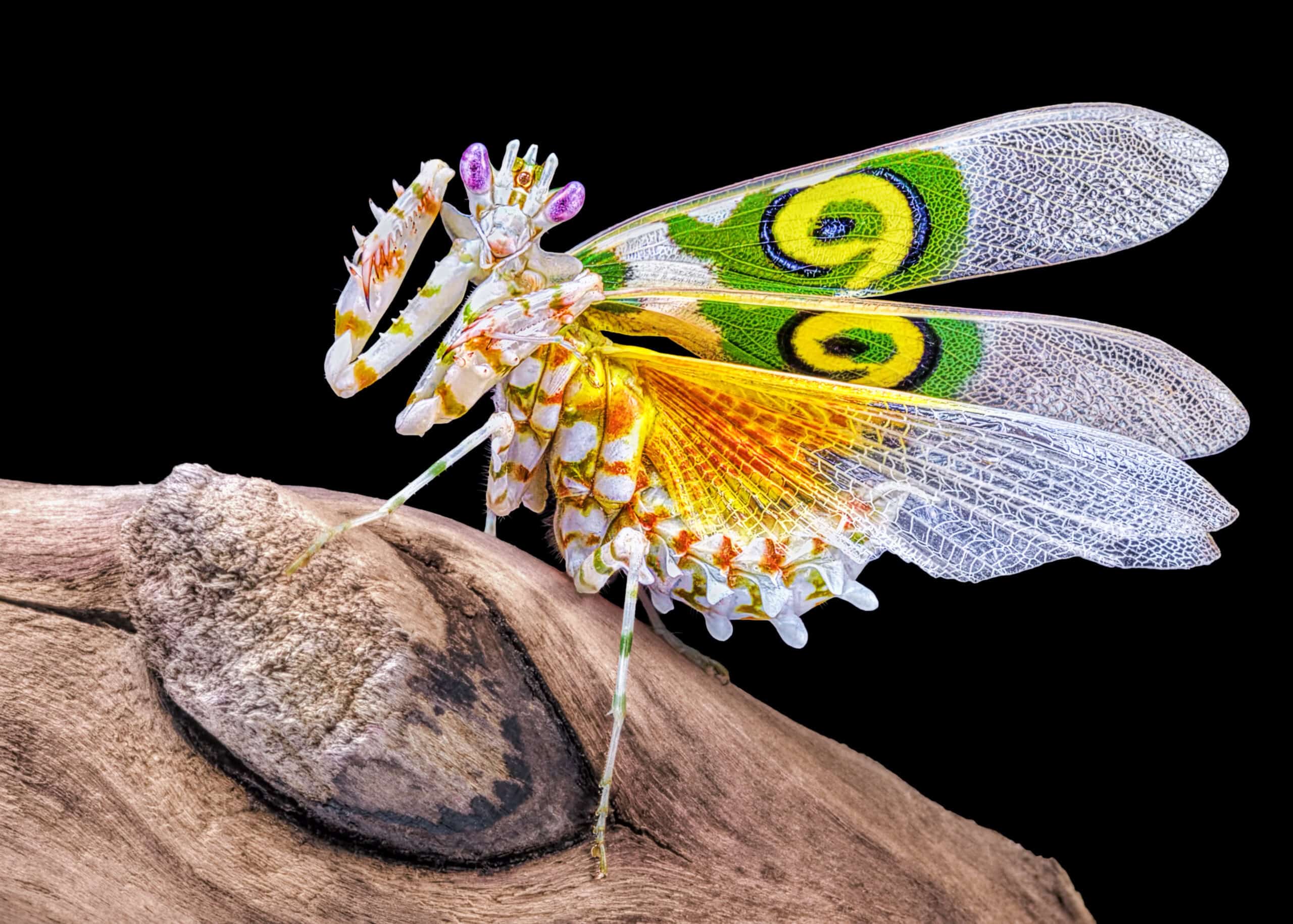
The Spiny Flower Mantis, named for its petal-like body and distinctive spikes, uses an impressive array of defense strategies. Its vibrant coloring mimics flowers, allowing it to blend seamlessly into its floral environment to avoid detection by both predators and prey. When threatened, it employs a display tactic known as deimatic behavior, where it spreads its forelimbs to reveal intimidating spikes and bright colors, making itself appear larger and more formidable. The mantis even creates a low, hissing sound by rubbing its wings together, adding an auditory element to its display that can startle a predator. This combination of visual deception and sound is enough to scare off most predators, making the Spiny Flower Mantis a master of intimidation and disguise.
Spotted Lanternfly
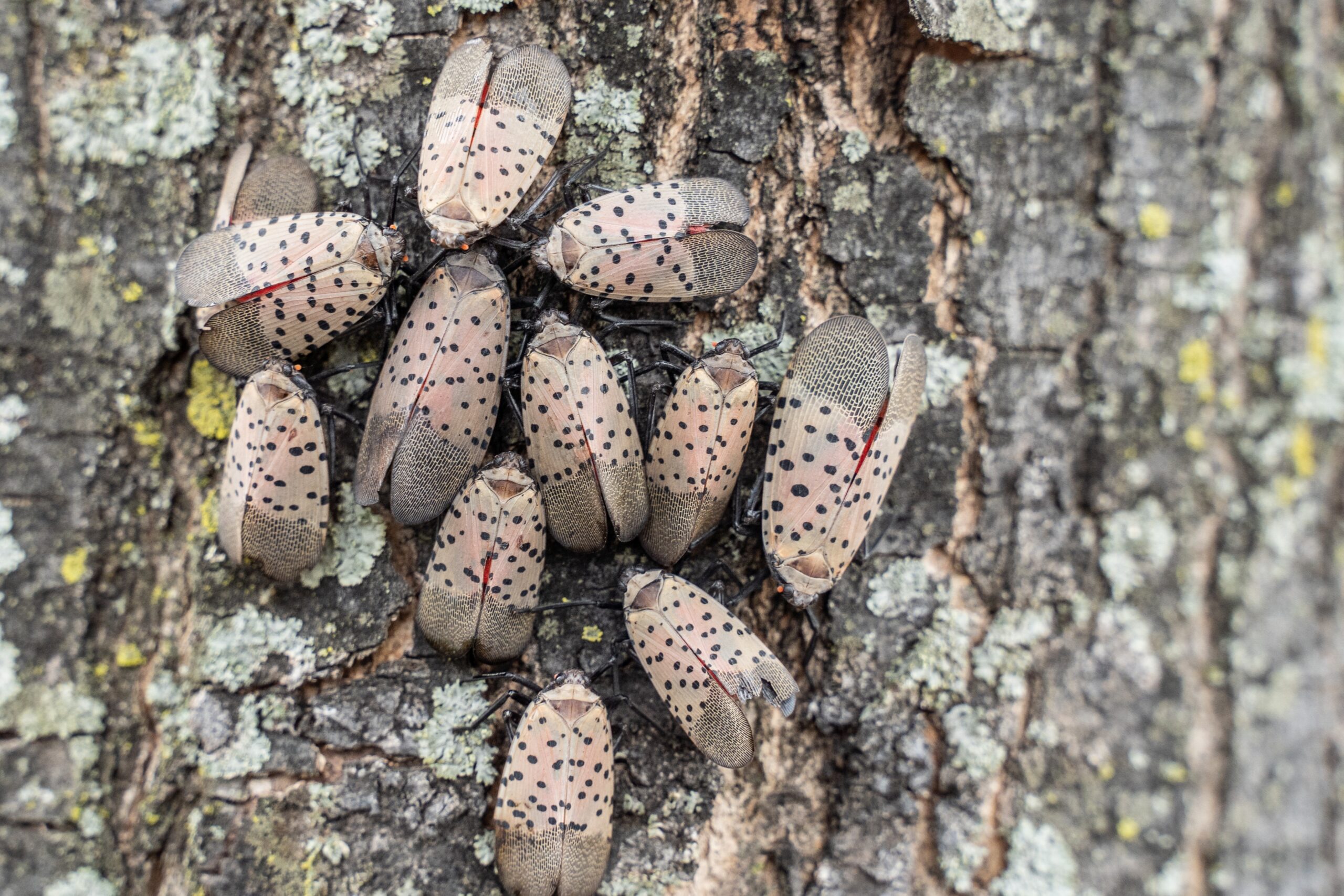
The Spotted Lanternfly, although visually striking, lacks physical defenses like armor or spikes. Instead, it relies on a warning coloration strategy to communicate its toxicity. The Lanternfly’s body features bright reds and contrasting blacks, which act as aposematic signals—visual warnings to predators of its unpalatability. Feeding on toxic plants like Ailanthus, this insect absorbs plant toxins, making it taste bitter or even harmful to most predators. Its flashy colors warn predators before they strike, deterring them from an unpleasant or potentially toxic meal. The Lanternfly also has strong wings that allow it to quickly escape if a predator still dares to attack, combining its visual warning with swift evasion to stay safe.
Malaysian Jungle Nymph
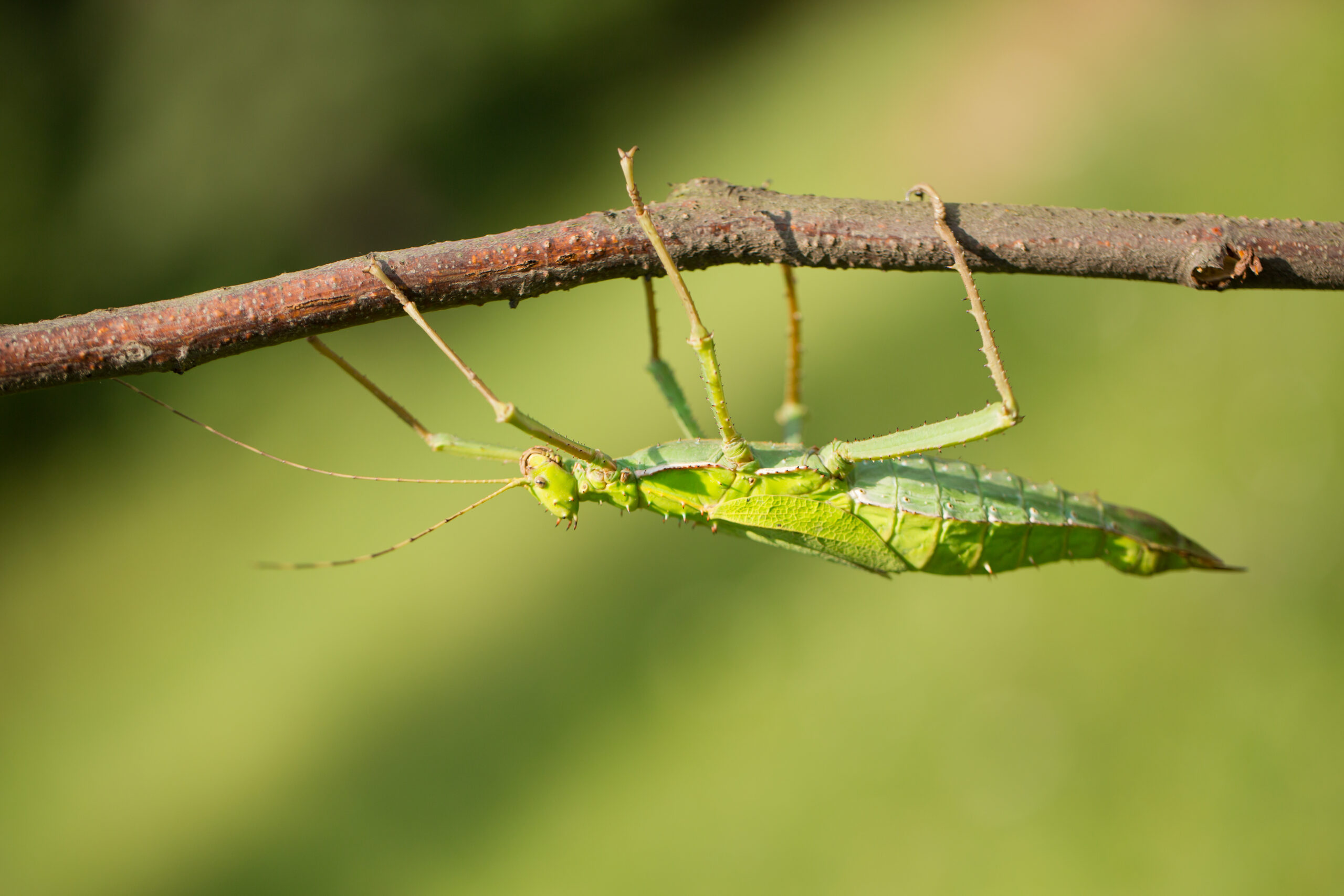
The Malaysian Jungle Nymph is one of the largest stick insects, renowned for its powerful limbs and thorny appearance. When faced with a threat, it raises its spiny legs and uses them to pinch, delivering a painful bite that’s often enough to fend off would-be predators. The nymph’s bright green color helps it blend with dense foliage, offering camouflage in the jungle. If camouflage fails, it can rear up in a defensive posture, displaying the spines on its legs and abdomen as a warning. Its substantial size, sturdy exoskeleton, and intimidating spines make it difficult for predators to attack or swallow. The Malaysian Jungle Nymph’s combination of camouflage, size, and physical defenses creates a layered protection strategy, making it a formidable presence in its habitat.
Hercules Beetle
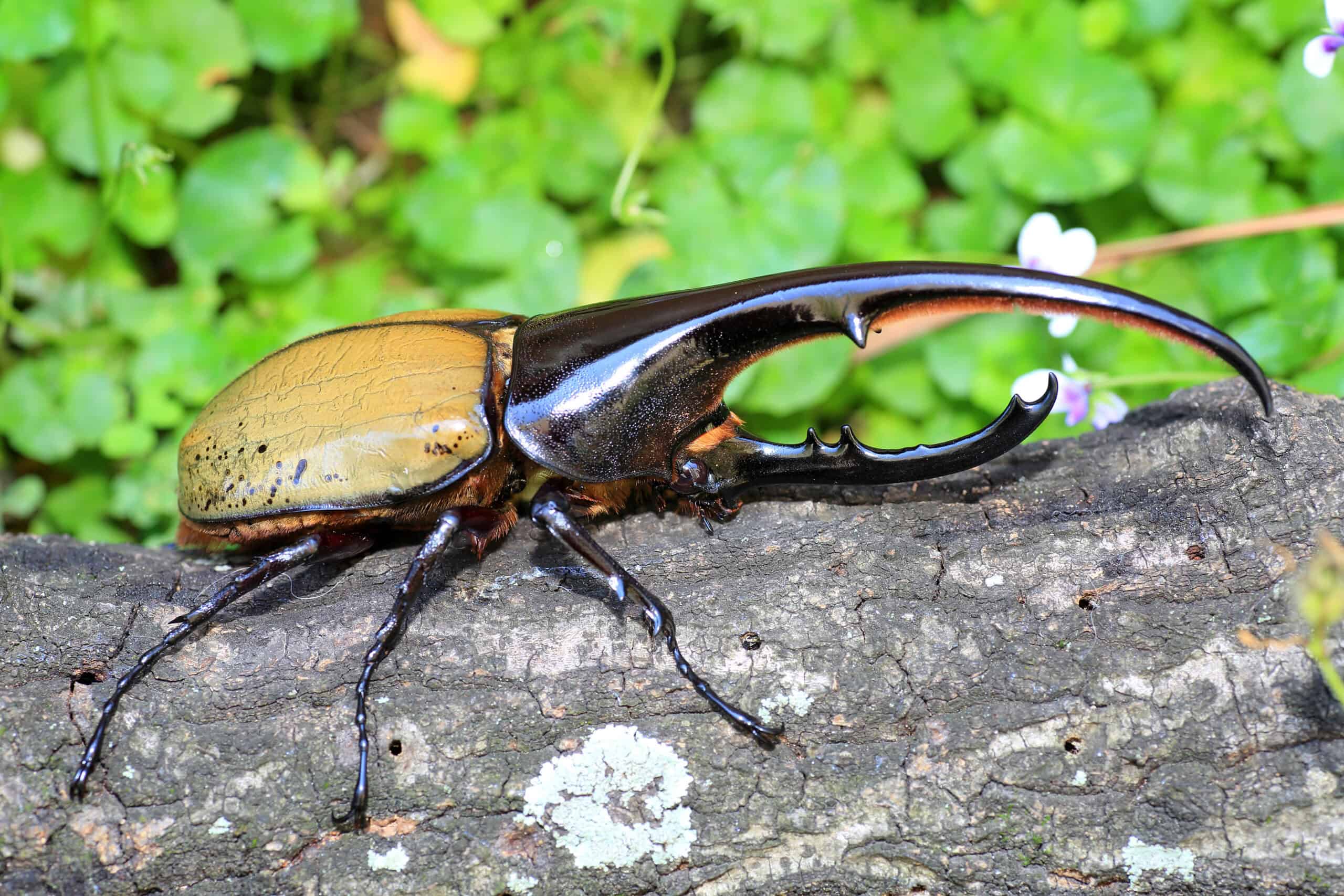
The Hercules Beetle, named for its sheer size and strength, is a titan among insects. This beetle sports a long, powerful horn on its head, which it uses in combat with other beetles and as a means of defense. When threatened, the Hercules Beetle uses its horn to lift and throw attackers, taking advantage of its strength to ward off predators. Its massive, armored exoskeleton provides a physical barrier that protects it from bites or stings. Additionally, the beetle’s color-changing ability can further enhance its defenses. The beetle’s shell can change from a deep green to a dark brown when humidity levels shift, which helps it blend with its environment. This impressive mix of strength, armor, and camouflage makes the Hercules Beetle both resilient and adaptable.
Orchid Mantis
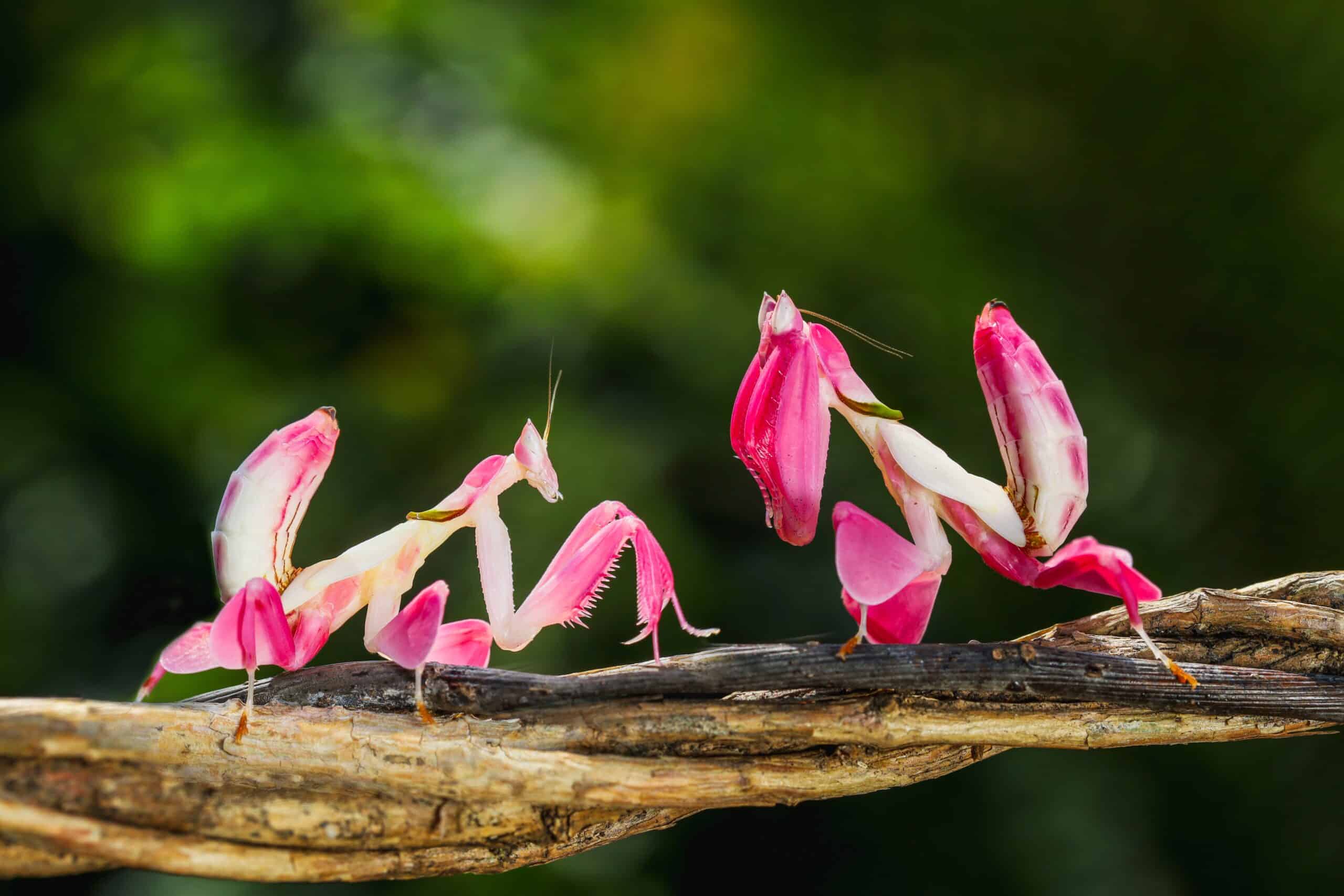
The Orchid Mantis is a marvel of natural mimicry, closely resembling the delicate petals of an orchid flower. Its camouflage is so precise that it not only hides from predators but also lures unsuspecting prey. With its pale pink and white body, the Orchid Mantis looks like a blooming flower, which it uses to wait motionlessly for prey. When a predator does approach, the mantis can launch a lightning-fast strike or retreat, taking advantage of its agility. The Orchid Mantis also adjusts its body coloration to match its surroundings, enhancing its disguise. This dual-purpose camouflage serves both offensive and defensive roles, making the Orchid Mantis one of nature’s most effective ambush predators and a master of concealment.
Ironclad Beetle
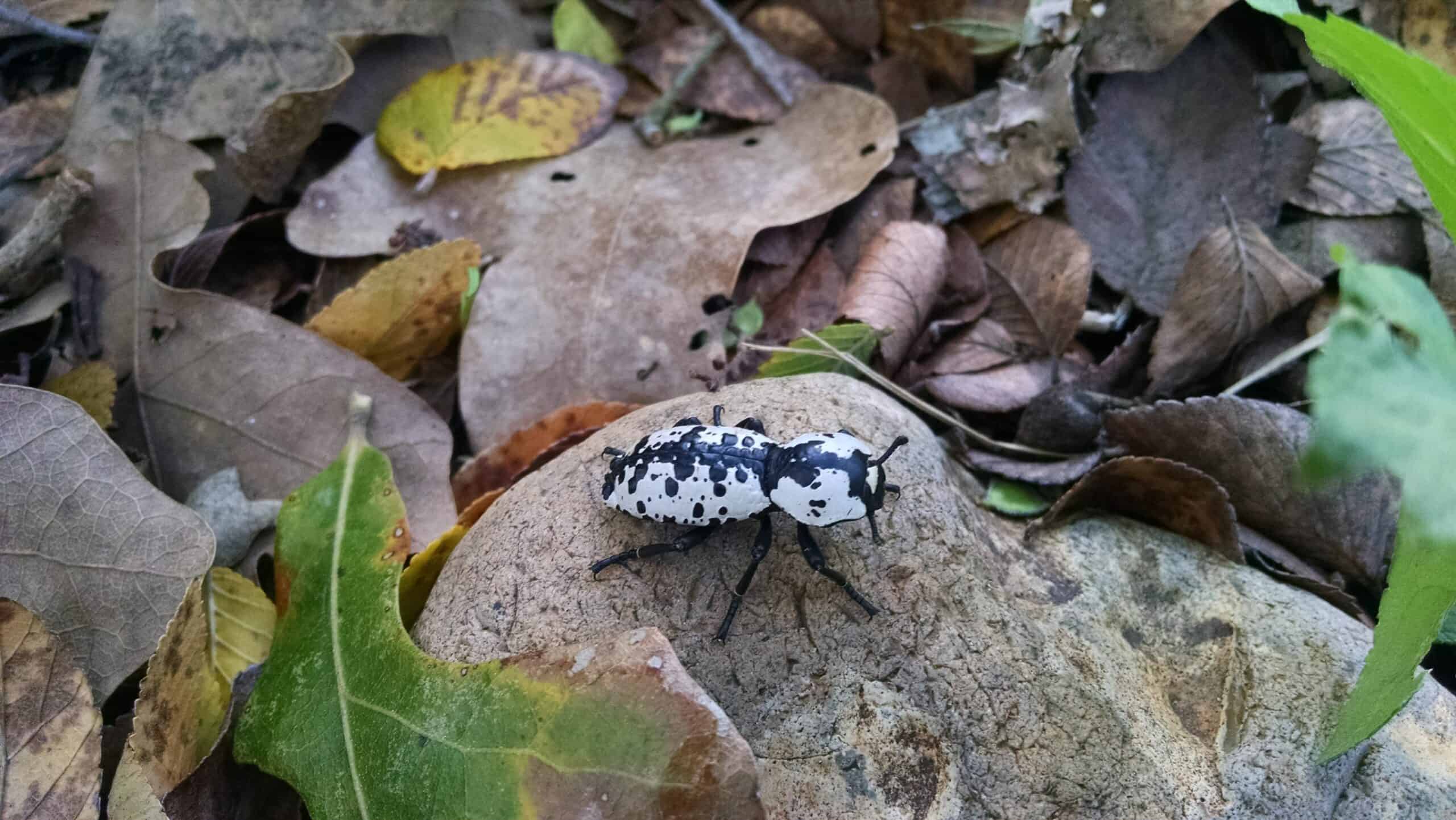
The Ironclad Beetle is almost indestructible, boasting one of the toughest exoskeletons in the insect world. Its armor-like shell can withstand extreme forces, allowing it to survive being stepped on or even run over by a car. The beetle’s exoskeleton is composed of interlocking, layered proteins that make it incredibly resistant to crushing. This protective layer also deters predators, who find it difficult to pierce or break through. If threatened, the beetle plays dead by remaining motionless, further decreasing its chances of being attacked. Its tough shell is its primary defense, making it a formidable insect that few predators dare to challenge.
Devil’s Flower Mantis
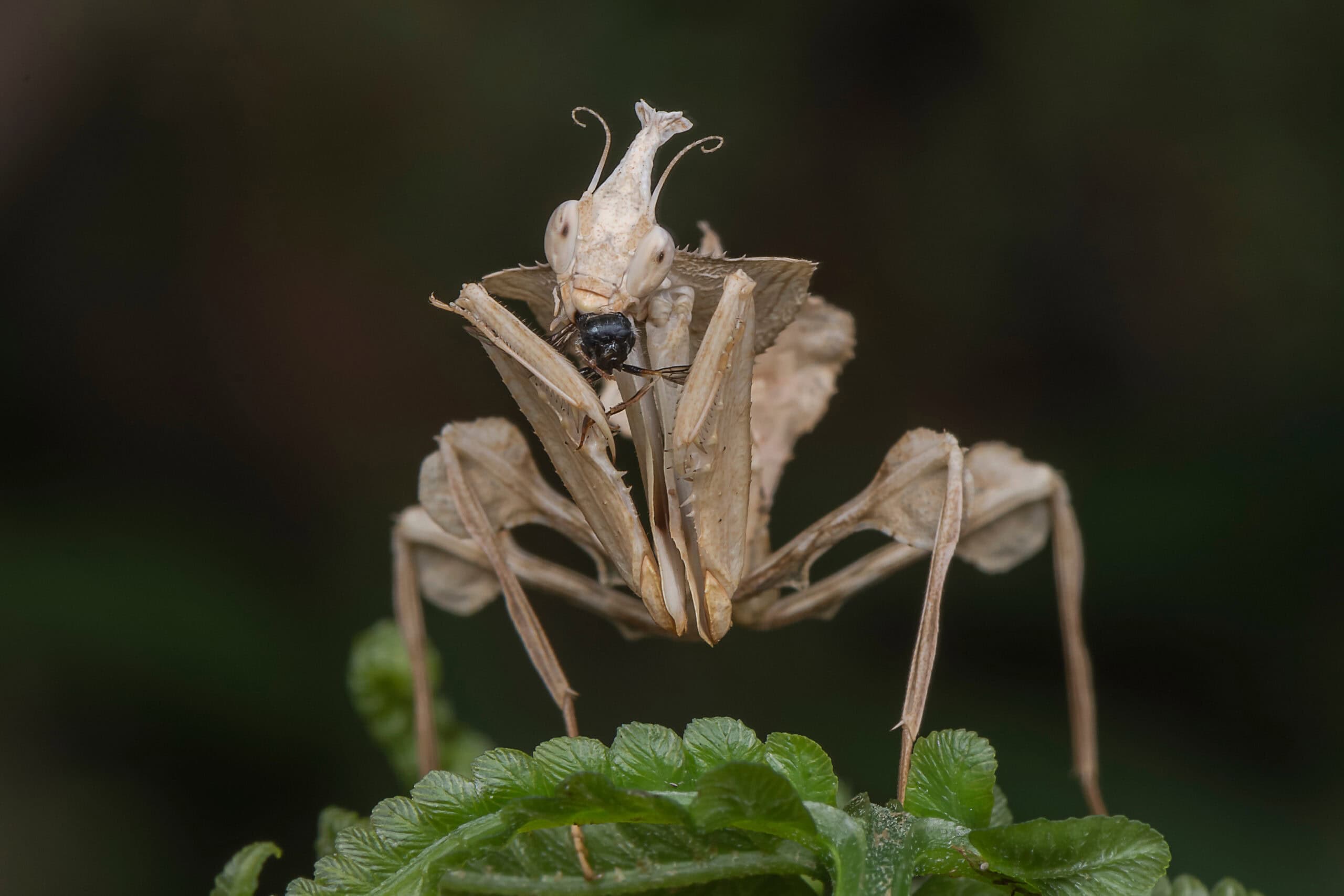
The Devil’s Flower Mantis is a master of deception and intimidation. Its body resembles a blooming flower, with vibrant colors and petal-like legs, which allow it to blend seamlessly into its environment. When threatened, this mantis stands tall and spreads its forelegs, revealing striking patterns that mimic the face of a larger predator. This display often scares off attackers, giving it a chance to escape. The Devil’s Flower Mantis relies on both its appearance and its ability to startle predators, making it a true survivor. Its intimidating posture and floral disguise make it one of nature’s most captivating insect defenders.
Six-Spotted Tiger Beetle
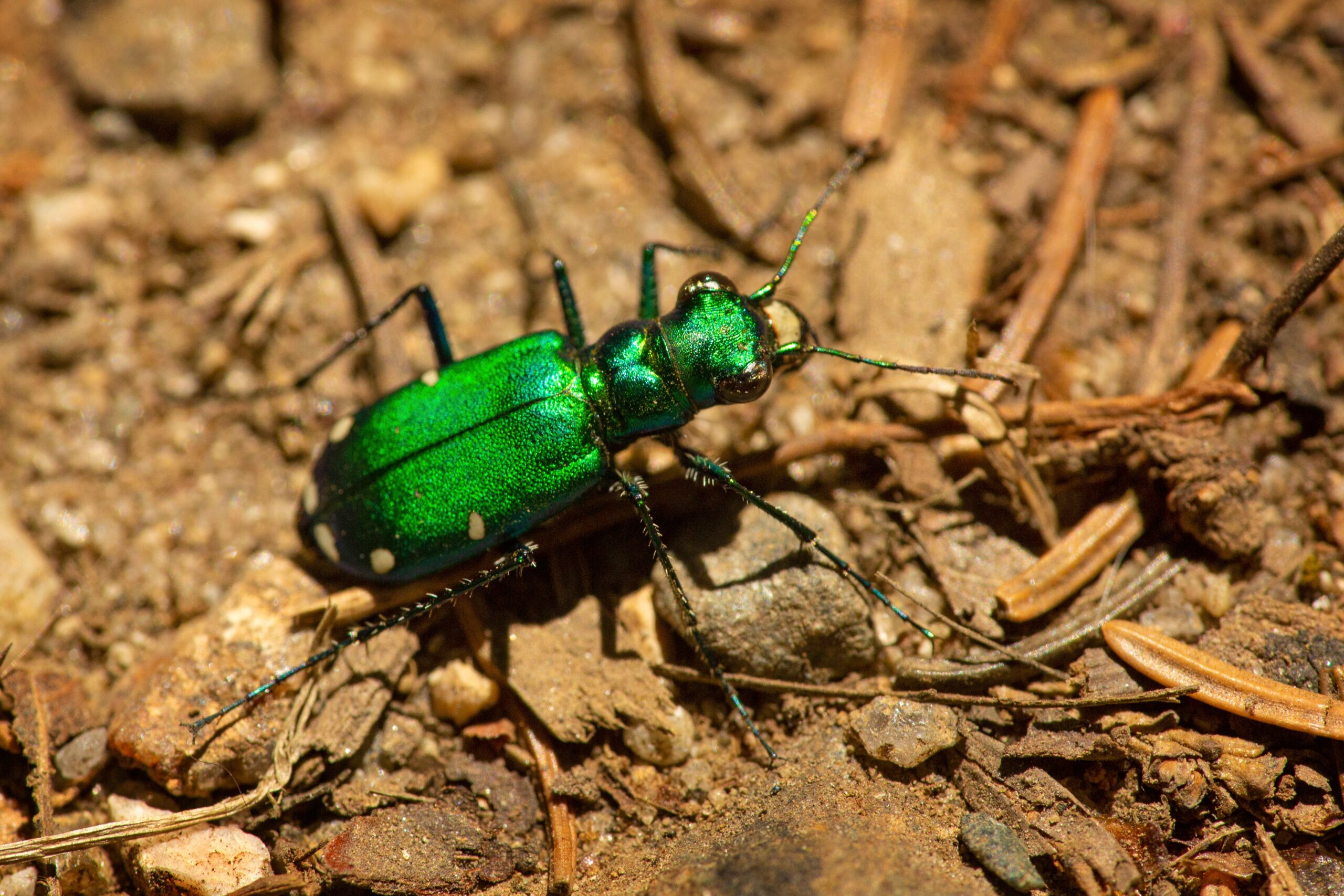
The Six-Spotted Tiger Beetle is fast and fierce, with a defense mechanism based on its agility and sharp mandibles. This beetle’s bright green and blue metallic coloration warns predators of its potential danger. When faced with a threat, it doesn’t hesitate to use its speed, which can reach up to 5.6 miles per hour, to dart away from danger. If cornered, it uses its strong jaws to deliver a powerful bite. Its speed and bite make it both a challenging target and a predator in its own right. The Six-Spotted Tiger Beetle’s combination of agility and bite strength keeps it safe from most predators.
Spiny Orb-Weaver
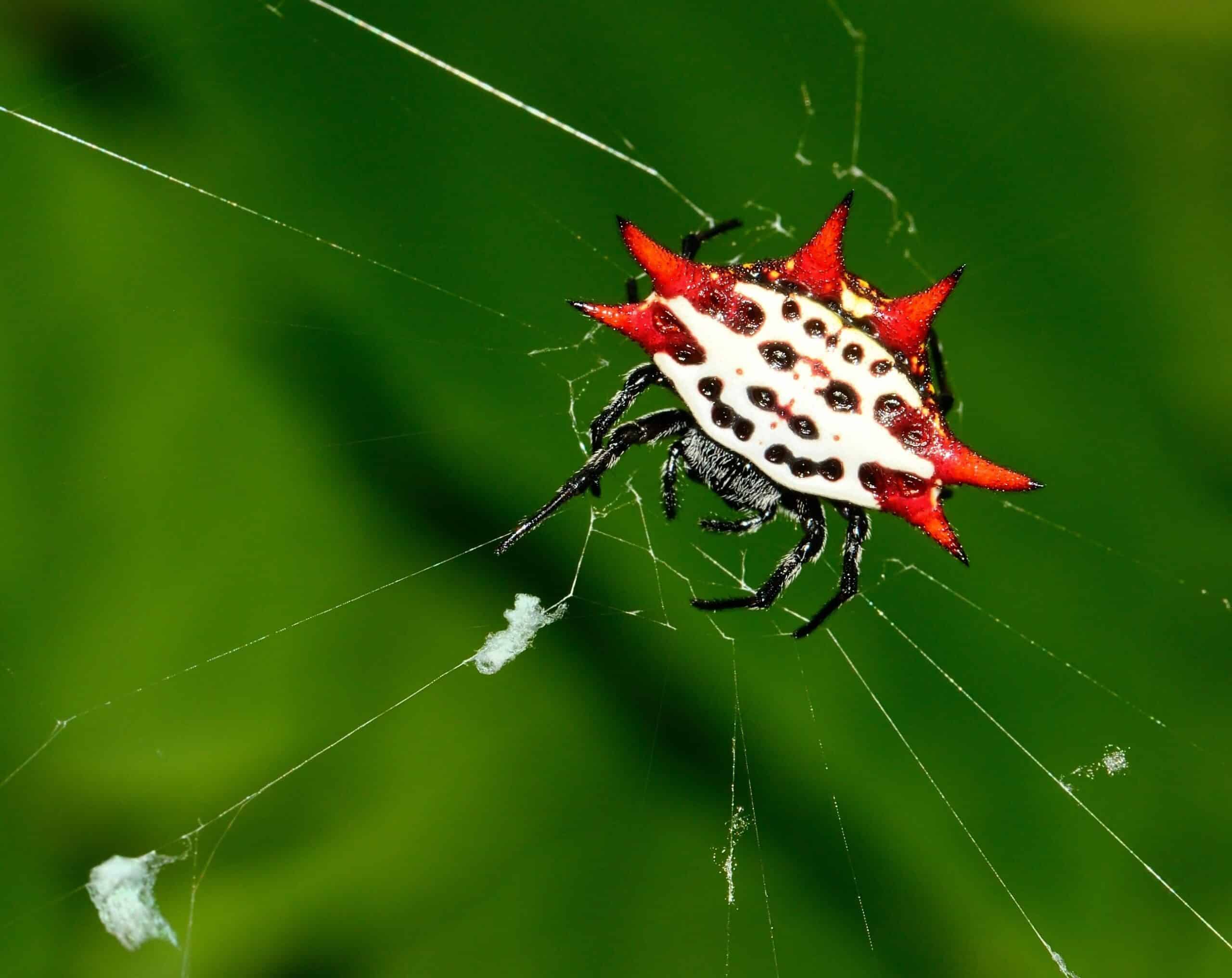
The Spiny Orb-Weaver is known for its unusual, spiky appearance, which serves as an effective deterrent against predators. Its small, compact body is covered with spines, giving it a formidable look that many predators find unappealing. The spider also builds webs with unique radial patterns, which confuse and trap its prey effectively. When a predator approaches, its spiky body acts as a natural armor, making it difficult for attackers to bite or swallow it. Its spiny defenses are both a visual and physical barrier, helping it avoid many threats in its environment. The Spiny Orb-Weaver’s prickly appearance is a clever and effective defense strategy.
Giant Water Bug
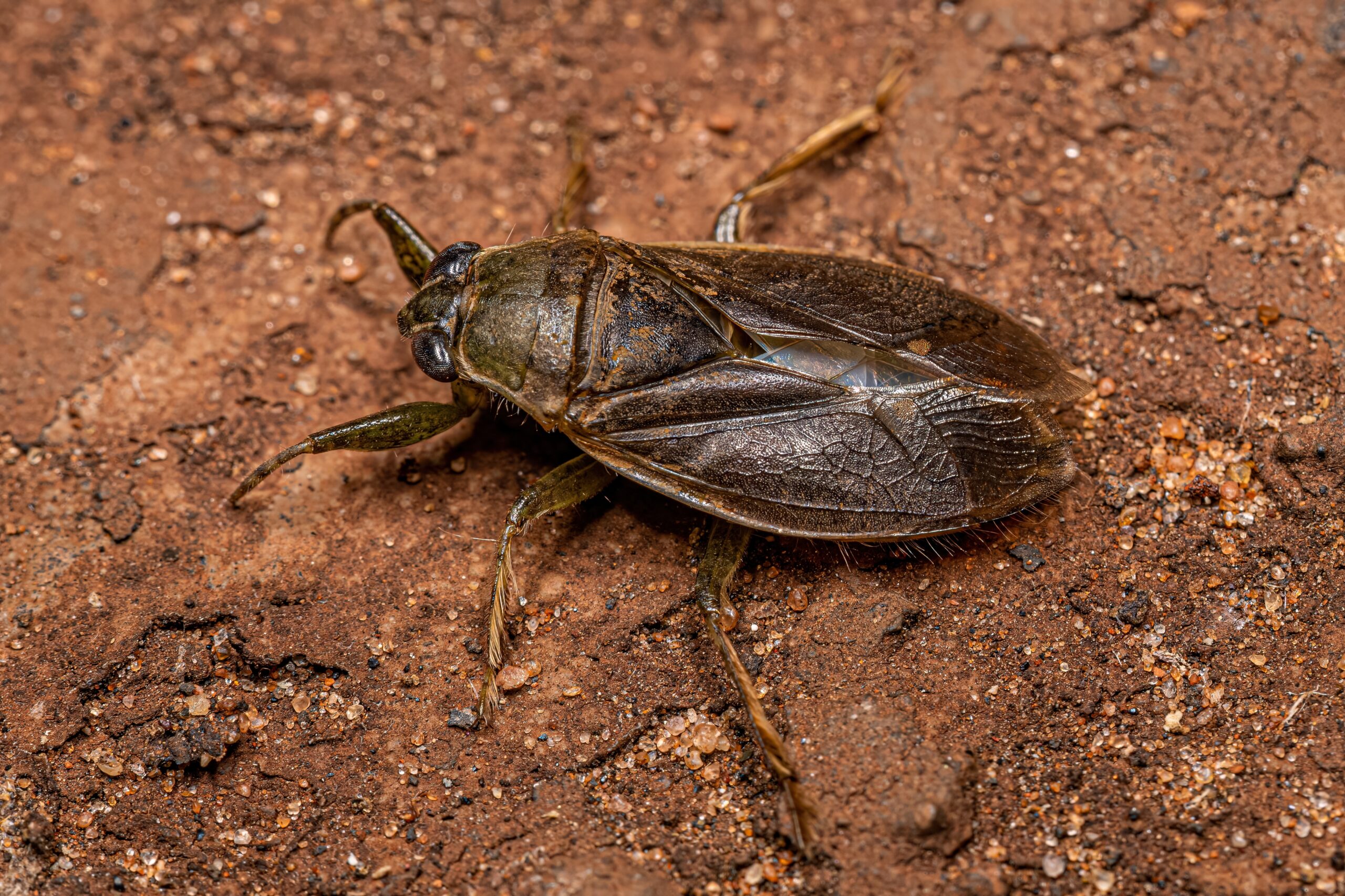
The Giant Water Bug is a powerful hunter with a piercing defense mechanism. Also known as the “toe-biter,” this large insect has strong forelegs that it uses to grab and immobilize prey or defend itself. When threatened, it can deliver a painful bite with its proboscis, injecting digestive enzymes that cause intense pain and tissue breakdown. This defense is not only effective against predators but also serves as a way to immobilize larger prey. The Giant Water Bug’s bite is feared even by humans, making it a creature that few animals dare to provoke. Its painful bite and strong limbs make it a force to be reckoned with in the water.
Giant Shield Mantis
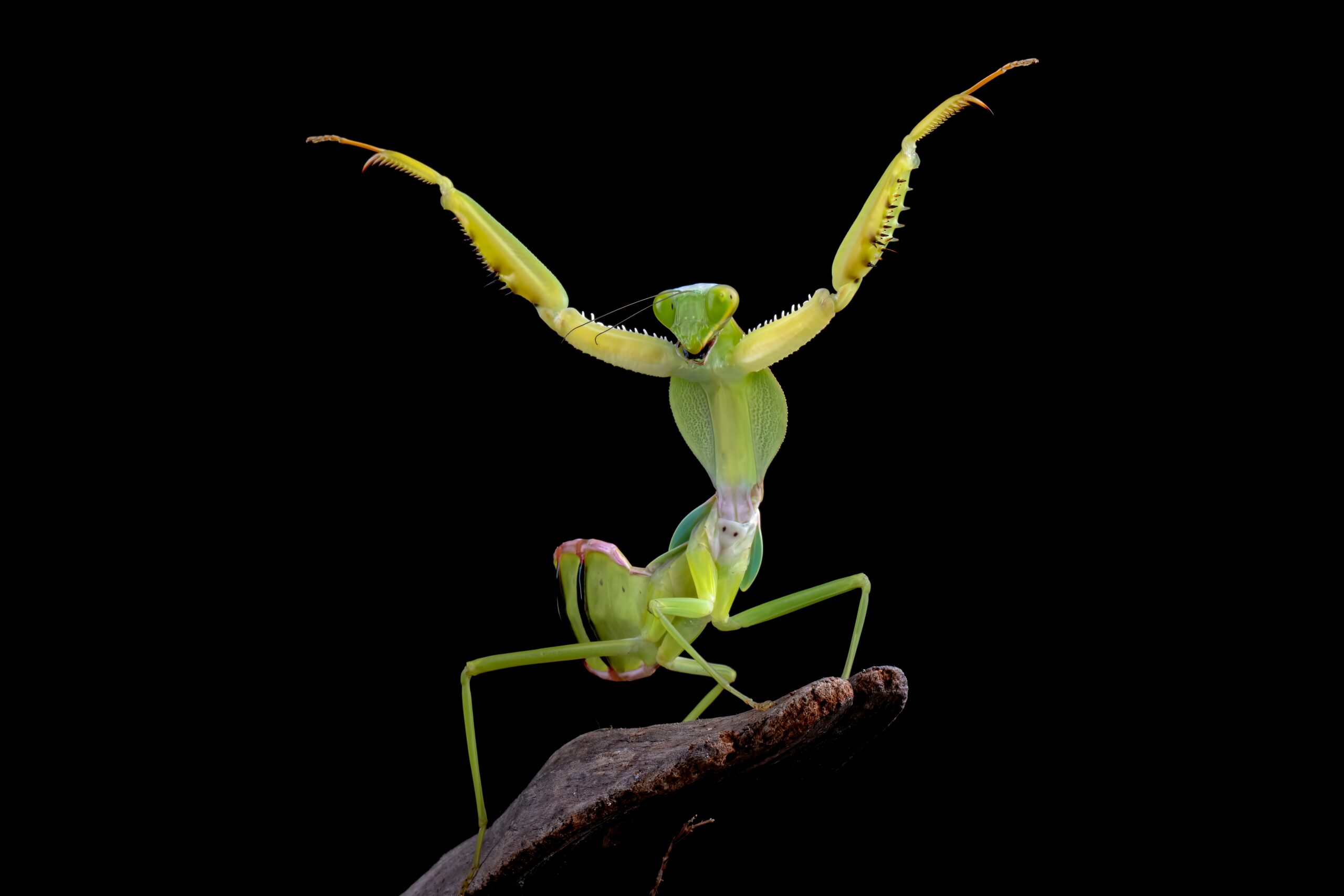
The Giant Shield Mantis uses both camouflage and size to defend itself from predators. With a flat, leaf-like body, it blends seamlessly into foliage, avoiding detection from predators. When spotted, it raises its forelegs and spreads its body to reveal an intimidating display that makes it appear larger. This defensive posture is often enough to scare off threats, as it mimics the appearance of a larger predator. Its shield-shaped body also provides some protection if it needs to escape. The Giant Shield Mantis’s ability to blend in and its bold display make it a master of both hiding and intimidation.
Brazilian Treehopper
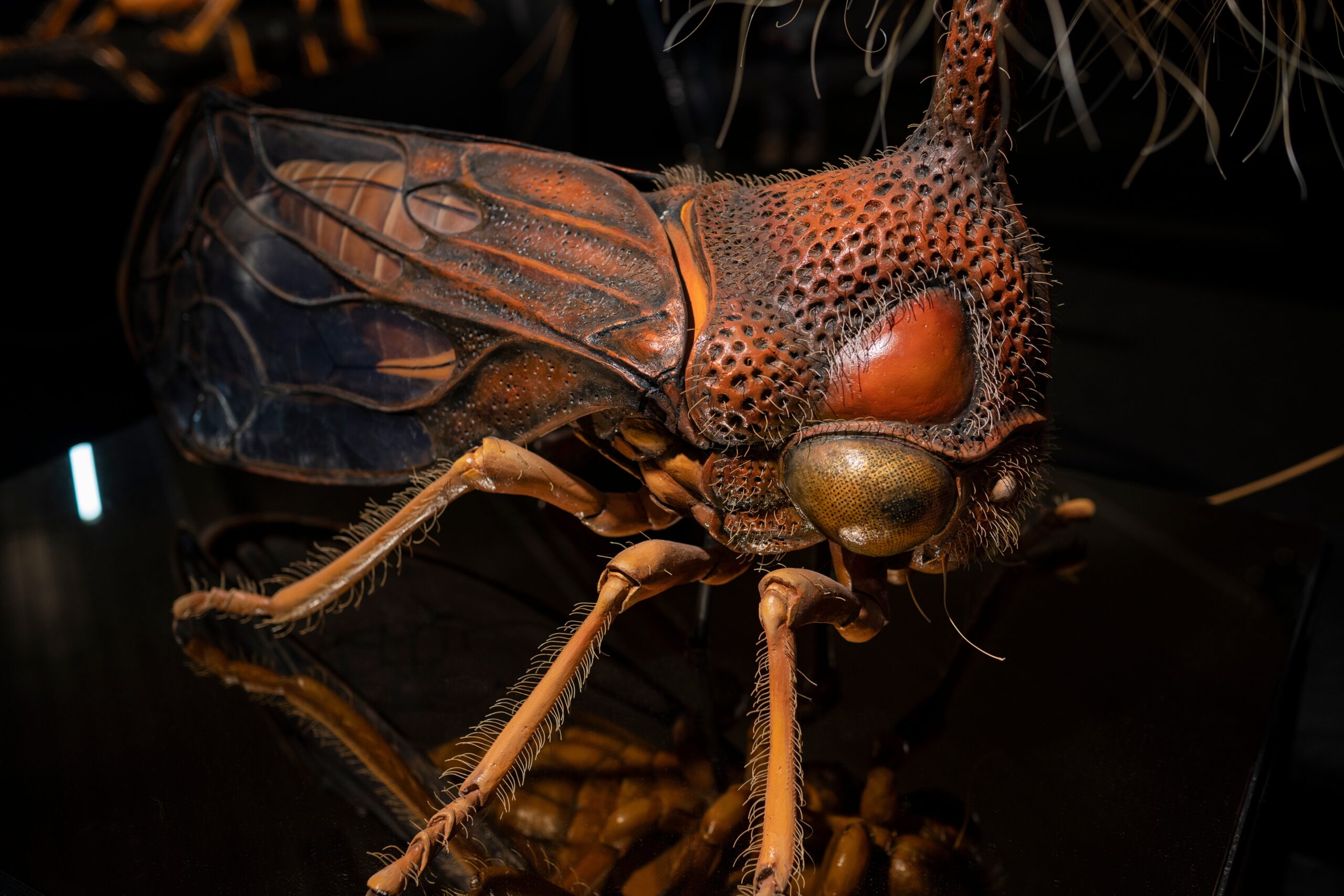
The Brazilian Treehopper has one of the most unusual and baffling defenses in the insect kingdom. This insect sports a crown of thorn-like projections on its head, which act as a deterrent to predators. These spiky protrusions give it a strange, alien-like appearance that confuses and scares off potential attackers. The structures are thought to mimic dangerous organisms or plants, deterring animals that might otherwise see it as prey. In addition to its appearance, the treehopper can quickly leap away from danger if necessary. The Brazilian Treehopper’s strange, thorny crown is its main line of defense, adding a unique and mysterious element to its survival strategy.
Horsehead Grasshopper
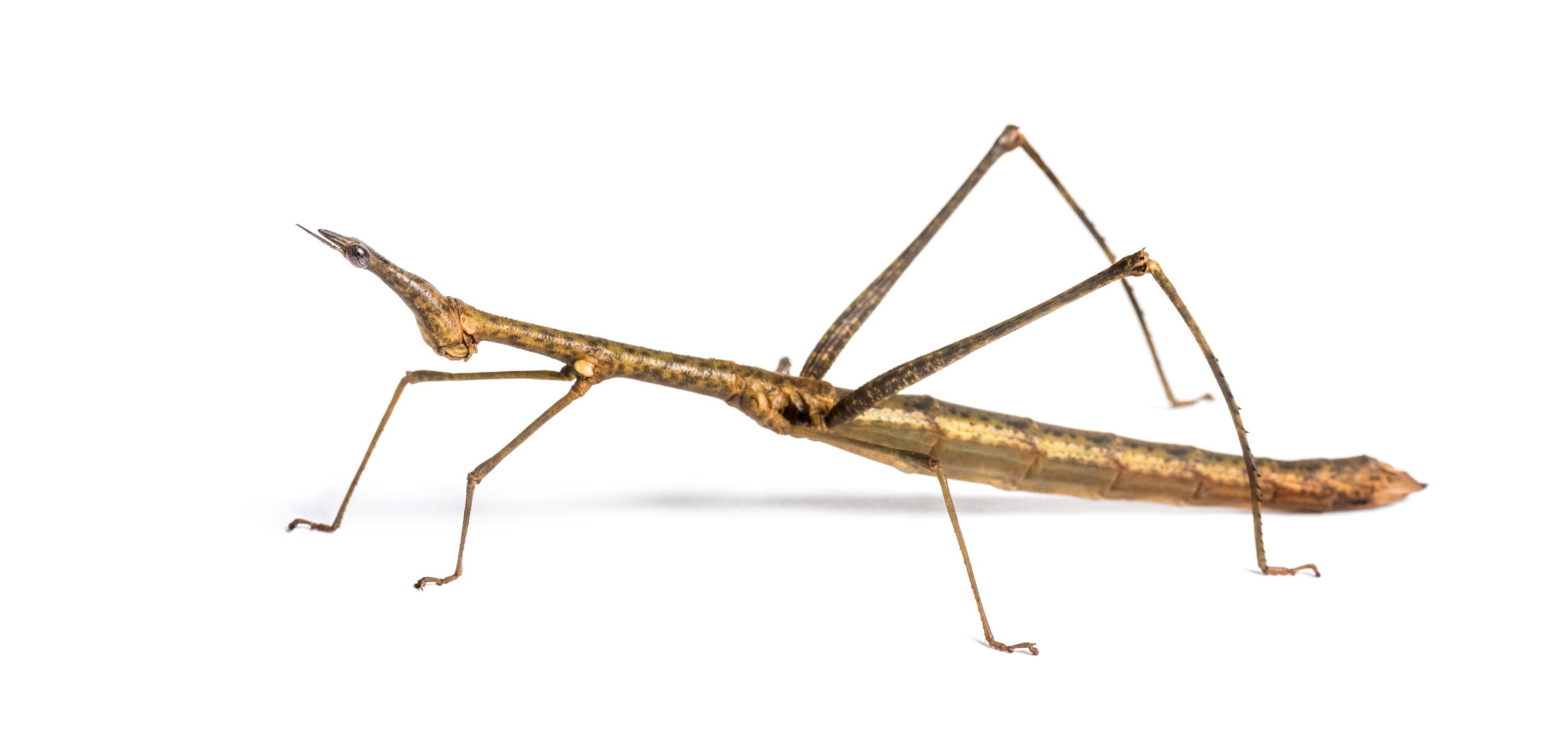
The Horsehead Grasshopper stands out due to its elongated head that resembles a horse’s head or even a twig, helping it blend seamlessly into its environment. This unusual head shape acts as camouflage, allowing the grasshopper to stay hidden among branches and leaves. When threatened, it remains completely still, using its twig-like appearance to avoid detection. If approached, it may also jump away at high speed, putting distance between itself and the predator. Its defense relies heavily on staying unnoticed, and its body shape aids in its role as a master of disguise. This unique form of mimicry keeps it safe from many predators in its natural habitat.
Thorn Bug
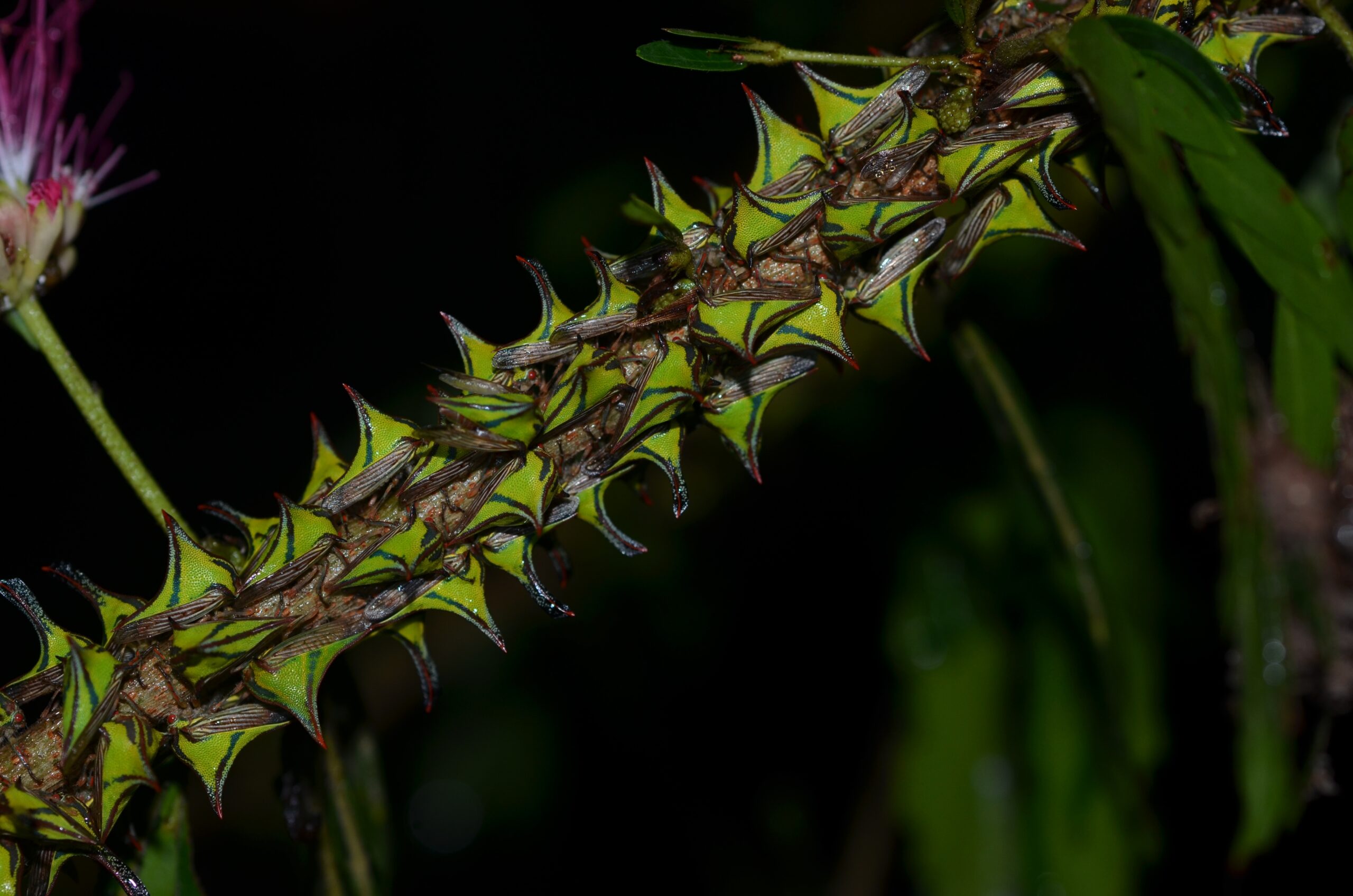
The Thorn Bug has a striking, thorn-like structure protruding from its back, which helps it blend in among tree branches. This shape mimics the appearance of thorns, discouraging predators who are deterred by the sharp look. When motionless, the thorn bug is nearly indistinguishable from the thorns around it, making it very difficult for predators to spot. This disguise provides it a strong defense without requiring any active behavior. In cases of extreme threat, the thorn bug can use its powerful legs to make a quick escape. Its thorny camouflage serves as a simple yet effective method of staying hidden and protected.
Atlas Moth Caterpillar
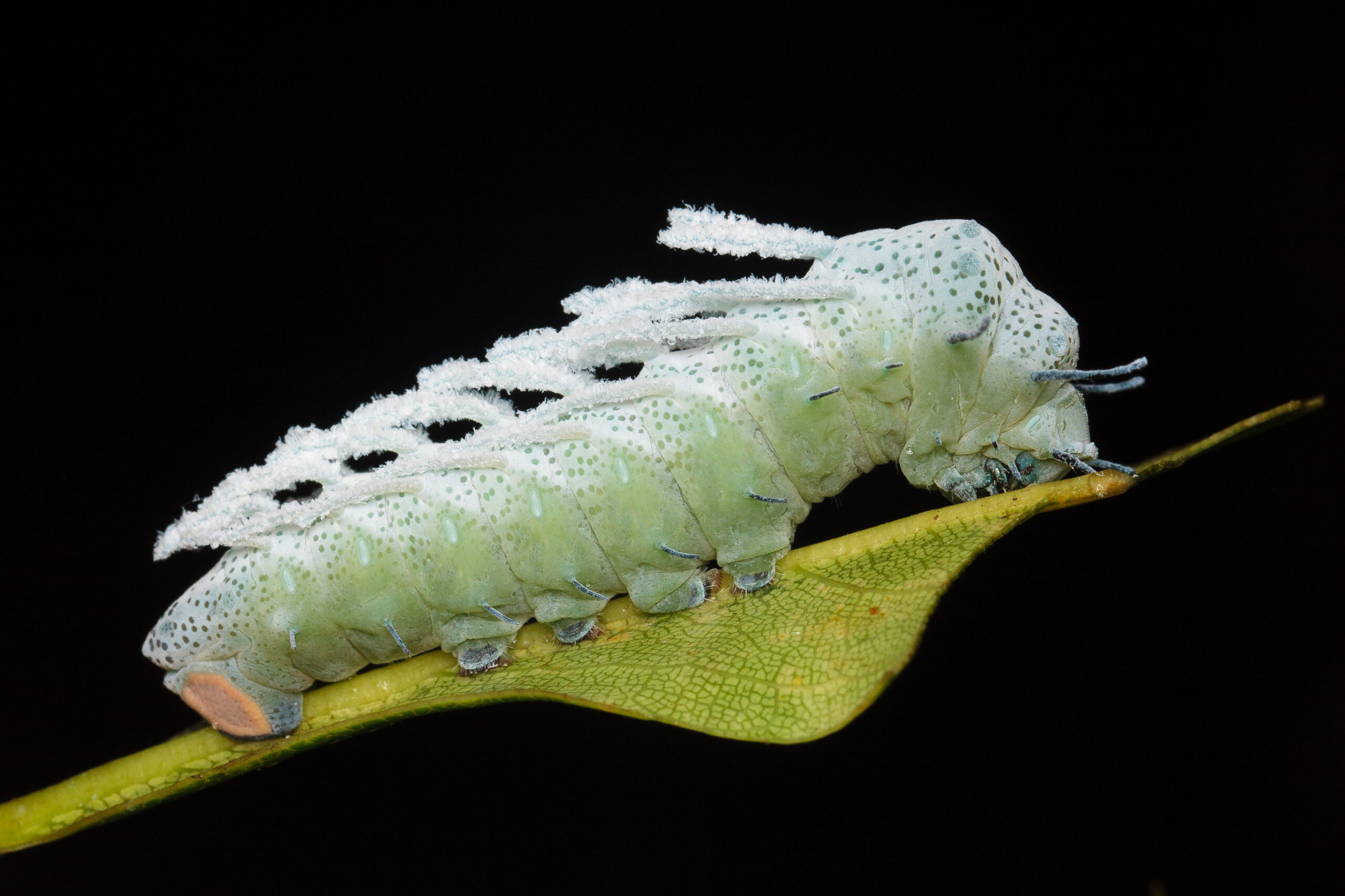
The Atlas Moth Caterpillar has a unique defense mechanism that relies on a combination of size and chemical defenses. This large caterpillar can secrete a toxic substance from its body, deterring predators with its unappealing taste and possible toxicity. Additionally, it has spiny bristles covering its body, which serve as a physical barrier. When threatened, it often raises its front segments, displaying a menacing posture that signals danger. As it matures into an Atlas Moth, it loses these bristles but gains large, wing patterns resembling snake heads to continue its defense. The caterpillar’s combination of chemical and physical defenses makes it well-prepared against potential threats.
Giant Weta
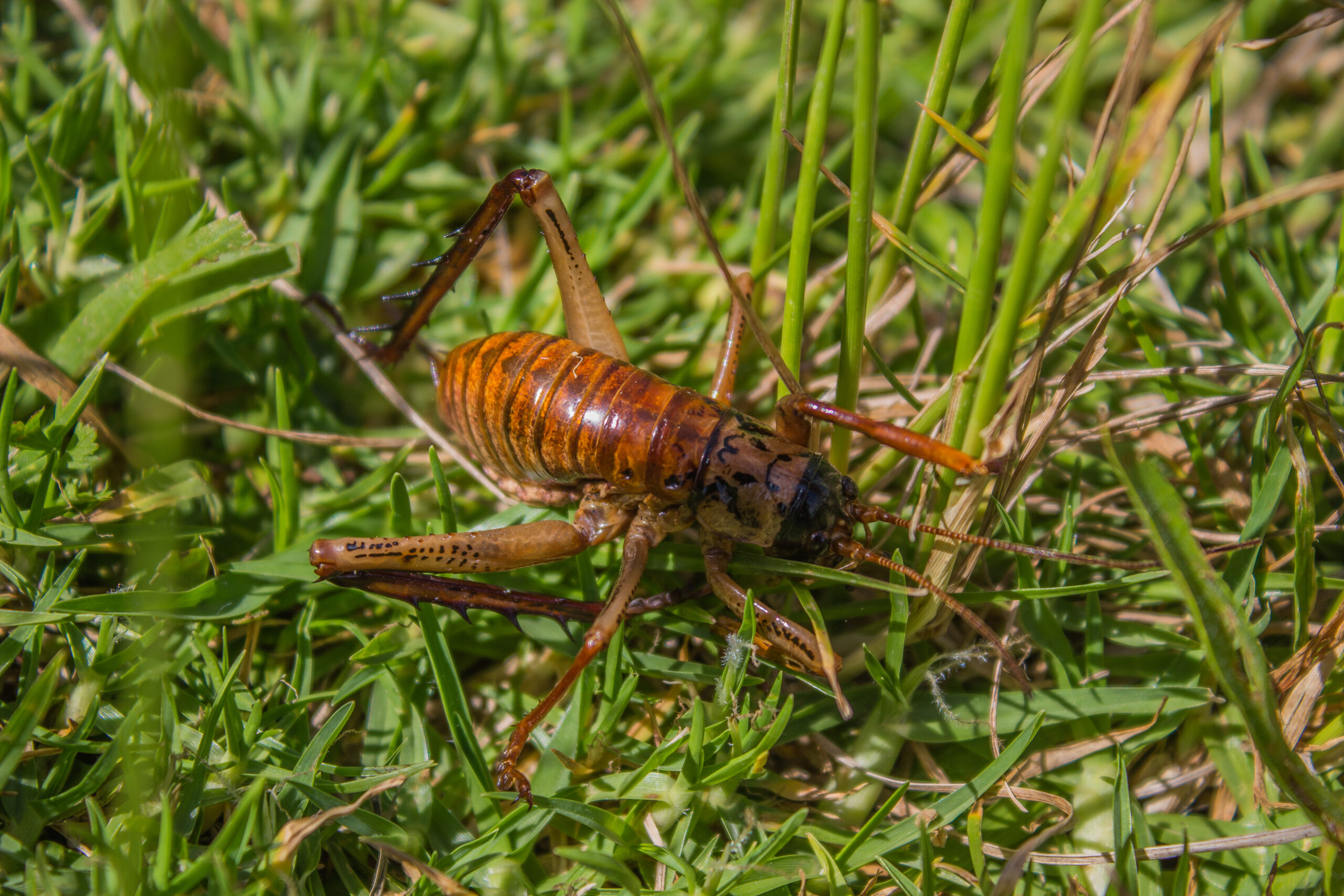
The Giant Weta, native to New Zealand, is a massive insect with a tough exoskeleton that provides a strong physical defense. When confronted, it may produce a loud clicking sound by rubbing its legs together, a noise meant to startle predators. Its large body size alone can deter many potential threats, as it’s one of the heaviest insects in the world. In addition to sound, it can also use its powerful mandibles to bite if necessary, giving it a secondary means of defense. The Giant Weta’s hard shell and intimidating size make it a formidable insect that few predators dare to attack.
Elephant Hawk Moth Caterpillar
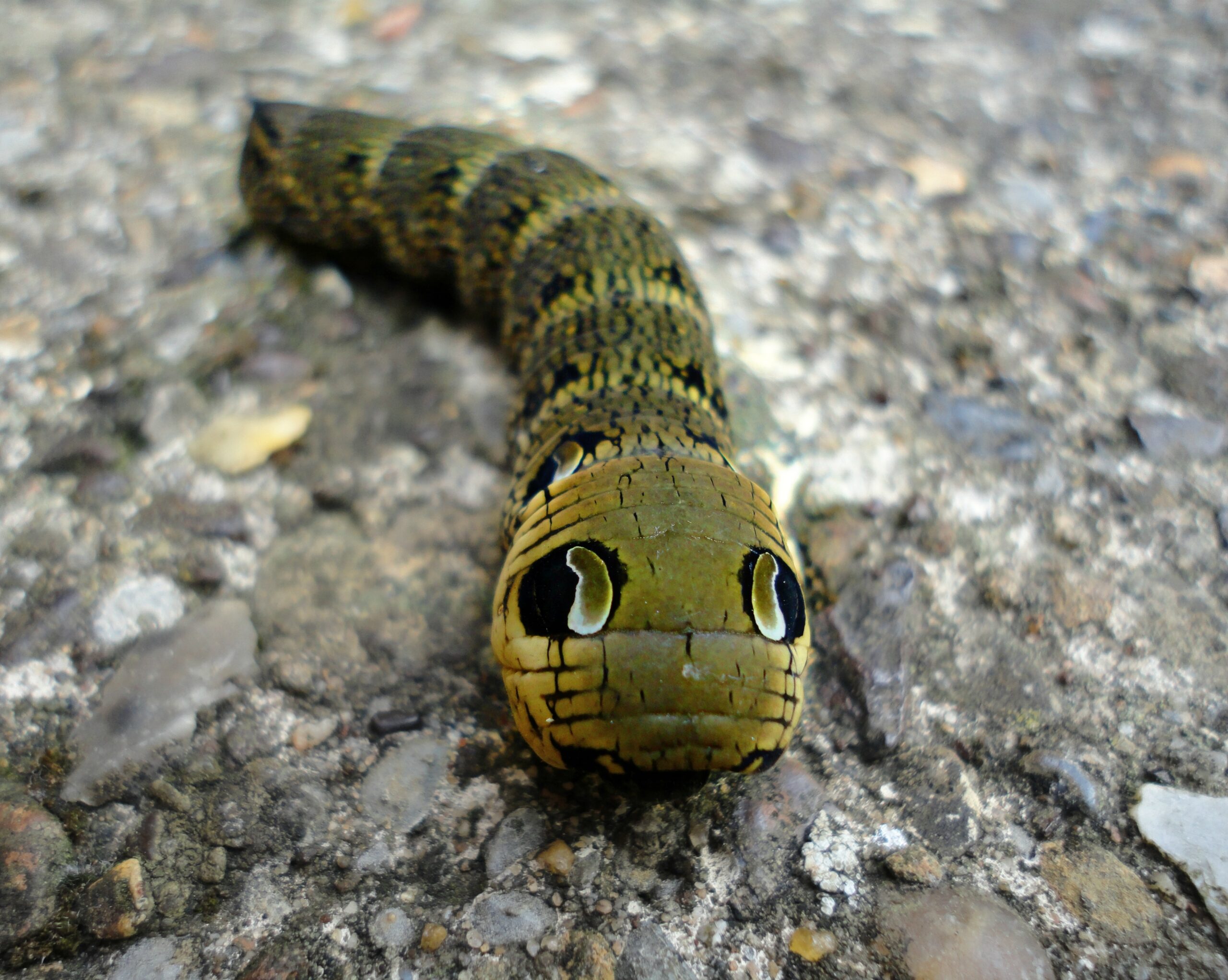
The Elephant Hawk Moth Caterpillar uses mimicry as its primary defense mechanism. When threatened, it puffs up its front segments, revealing large, eye-like markings that resemble the eyes of a snake. This transformation startles predators, often causing them to retreat. The eye spots, along with the caterpillar’s ability to rear up and look “snake-like,” make it appear far more dangerous than it actually is. This deceptive appearance allows it to survive many encounters without having to fight. The caterpillar’s mimicry is a simple yet effective way to ward off attackers, using fear to keep itself safe.
Malaysian Dead Leaf Mantis
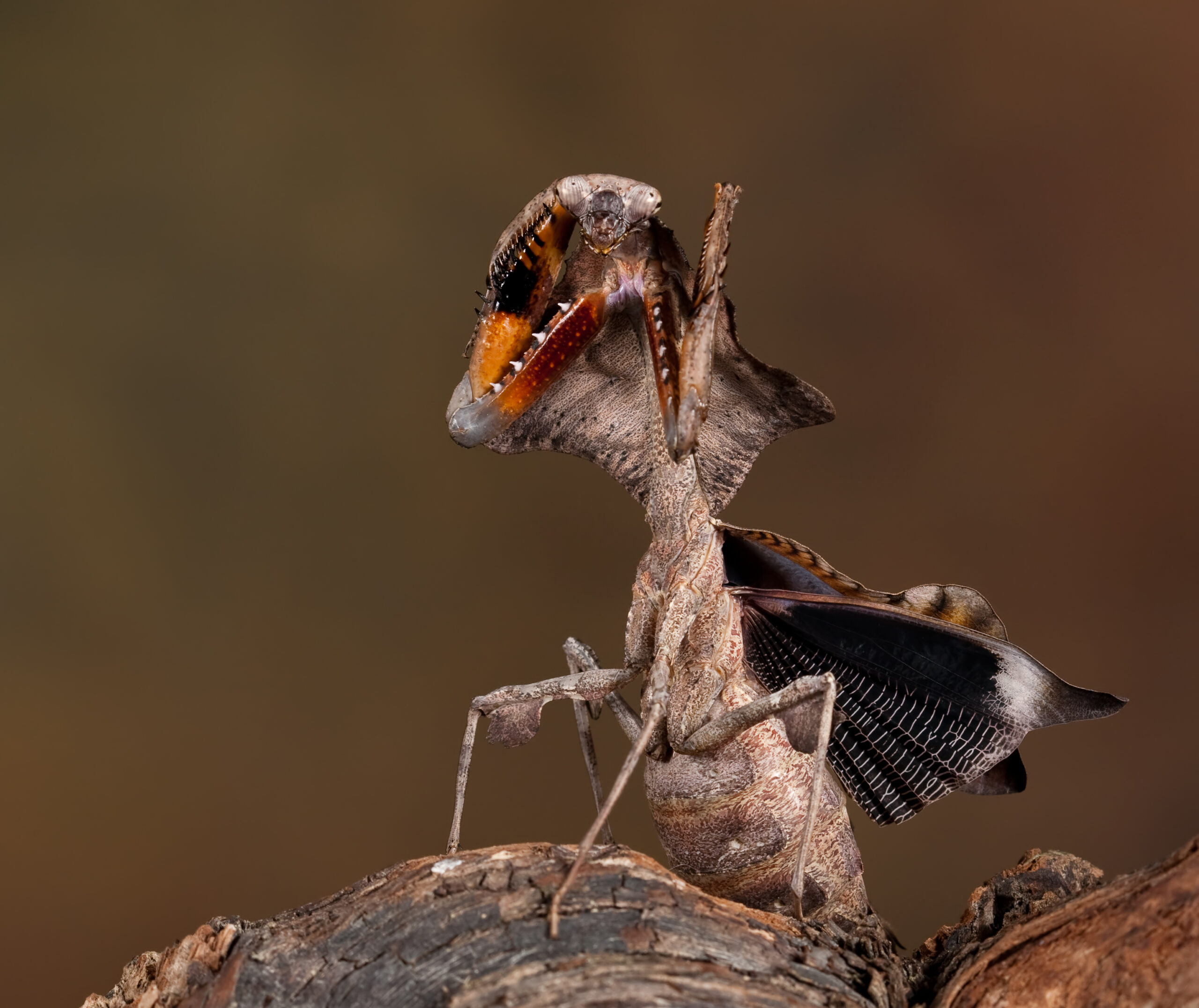
The Malaysian Dead Leaf Mantis is a master of camouflage, resembling a dried leaf down to its veined body and curled edges. When resting among fallen leaves, it’s nearly impossible to distinguish from its surroundings. If a predator approaches, it remains still, relying on its leaf-like appearance to avoid detection. In cases of extreme threat, it will spread its forelegs and wings, displaying bright colors that can startle or confuse the predator. This dual approach of blending in and creating a sudden display of color makes it highly effective in evading threats. The mantis’s defense relies on remaining unnoticed until the last moment.
Giant African Millipede
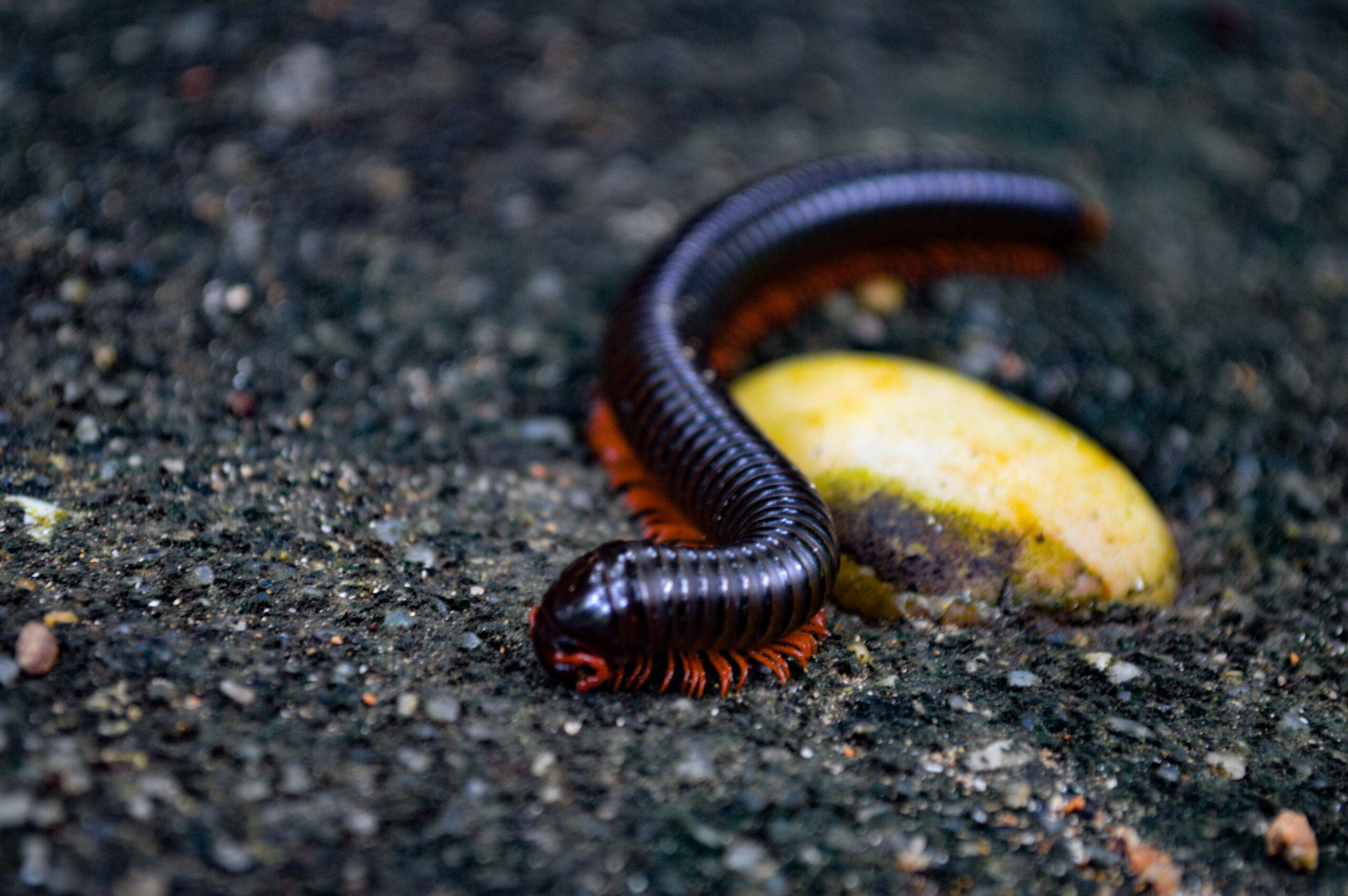
The Giant African Millipede relies on its tough, coiled body and chemical defenses to avoid predators. When threatened, it rolls into a tight spiral, protecting its vulnerable underside with its hard, segmented exoskeleton. Additionally, it can secrete a toxic, foul-smelling fluid from its glands, which deters predators with its bitter taste and strong odor. The fluid contains irritants that can discourage animals from attempting to eat it. This millipede’s dual defense of armor and toxic secretions make it well-protected in its natural environment. Its ability to coil and release toxins keeps most predators at a distance.
Velvet Ant (Cow Killer)
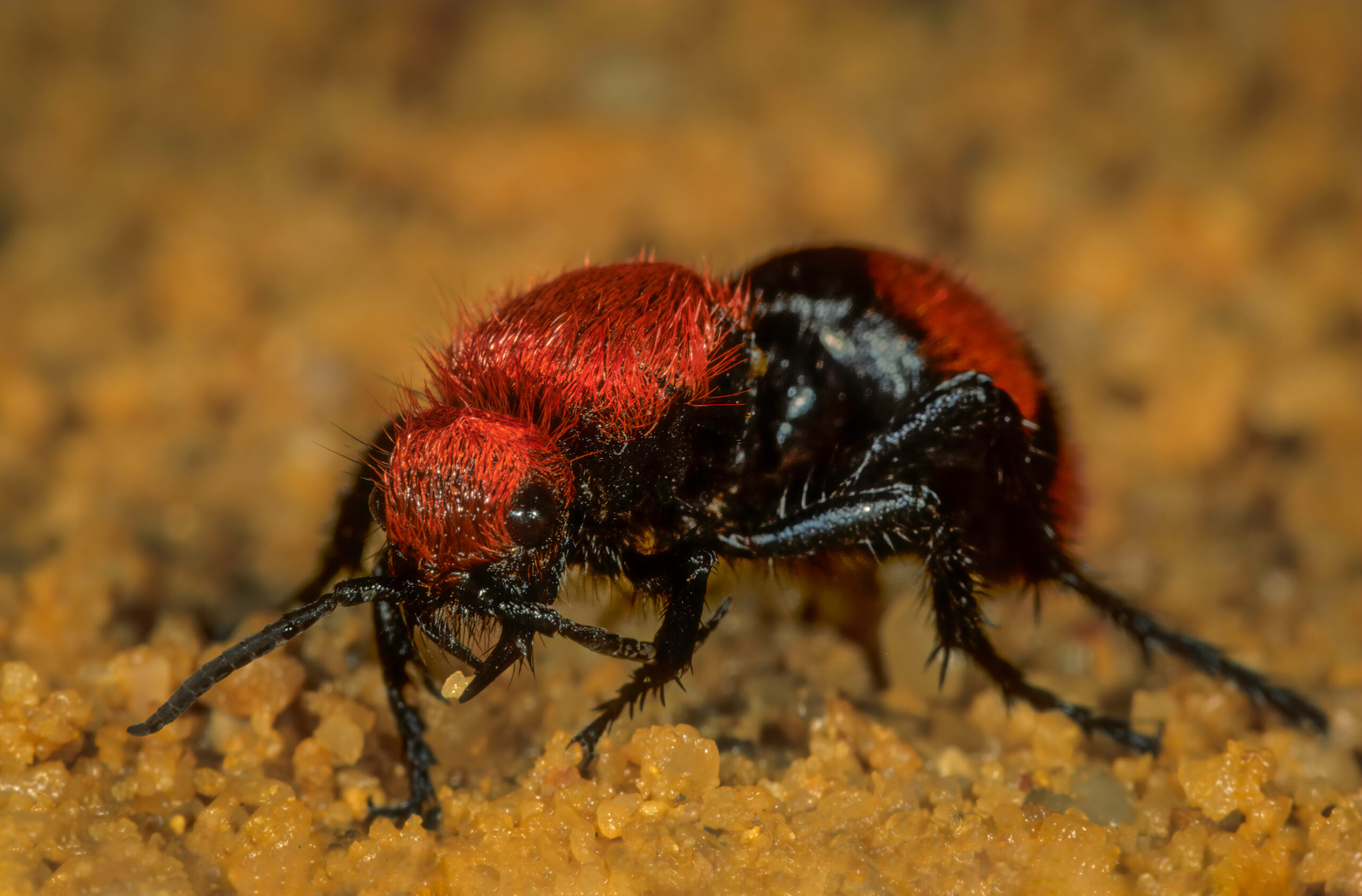
The Velvet Ant, also known as the Cow Killer, is actually a type of wasp with a painful sting and a vivid red and black coloring. This bright coloration warns predators of its potential danger, signaling that it is best left alone. When threatened, the Velvet Ant can deliver an extremely painful sting, which earned it its “cow killer” nickname. In addition to its sting, it also has a thick exoskeleton that provides additional protection against bites. The Velvet Ant’s mix of bright colors, painful sting, and tough exterior makes it one of the most formidable insects in its environment. Its defenses are designed to deter even the most determined predators.
Puss Moth Caterpillar
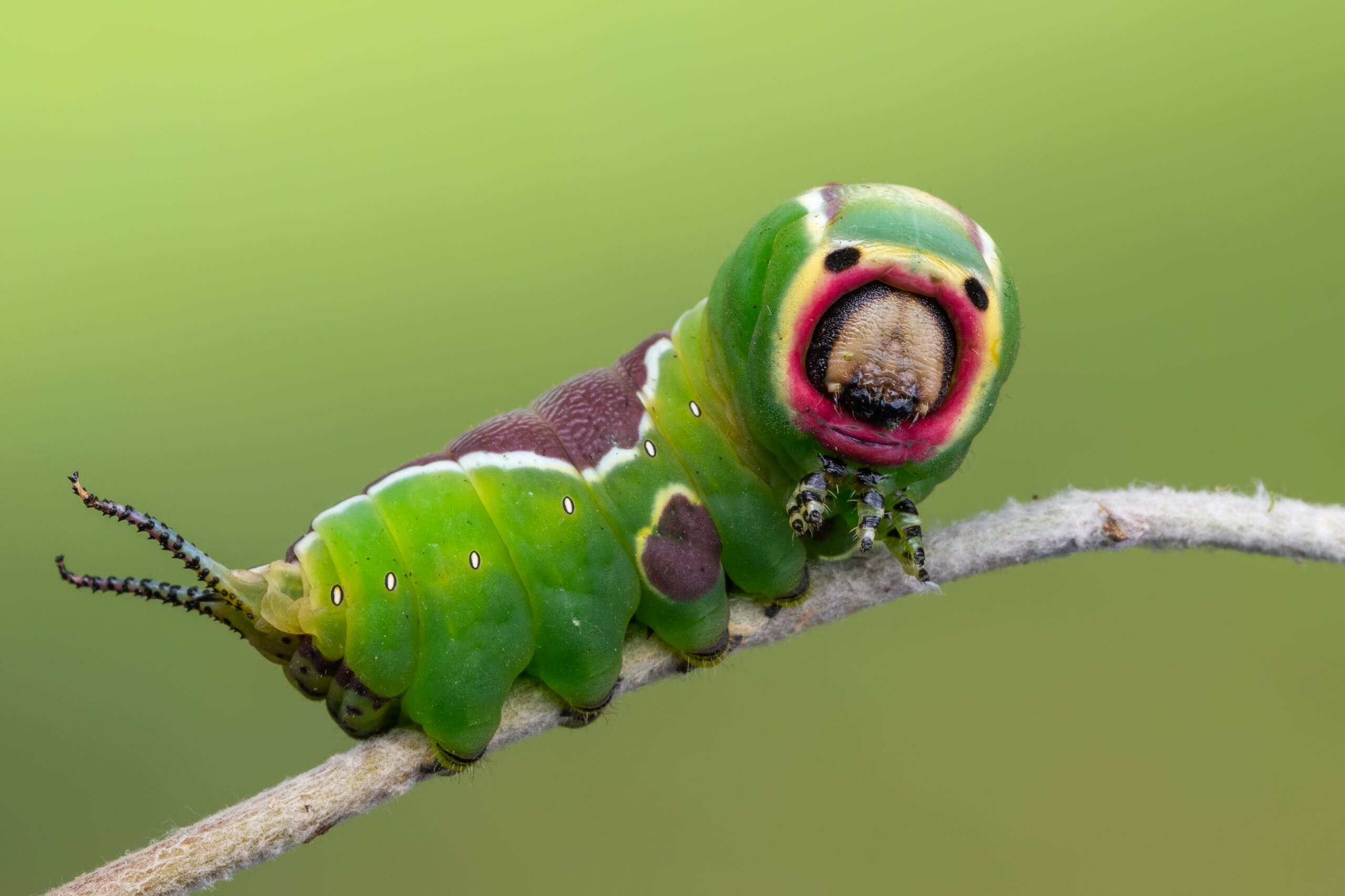
The Puss Moth Caterpillar has one of the most unusual defenses, featuring a pair of long “whips” on its rear end. When disturbed, it raises its head to reveal a bright red “face,” while the whip-like tails thrash about, releasing a defensive liquid. The liquid contains formic acid, which can cause skin irritation and deter predators. Its head markings and whipping tails give it a fierce appearance, even though it’s a caterpillar. This defensive display is highly effective in warding off potential threats. The Puss Moth Caterpillar’s unique combination of visual threat and chemical defense make it a true standout in the insect world.
This article originally appeared on Rarest.org.
More from Rarest.org
10 Largest Houses in the World

The world’s largest houses are more than just residences—they are marvels of architecture, luxury, and history. Read More.
10 Rare Comic Books That Were Accidentally Destroyed

Rare comic books are valuable not just for their stories and artwork but also for their scarcity, especially when many were accidentally destroyed over the years. Read More.
12 Unique Artisan Crafts at Risk of Being Forgotten

Throughout history, artisans have crafted unique and intricate items that reflect their cultural heritage and skills passed down through generations. Read More.
